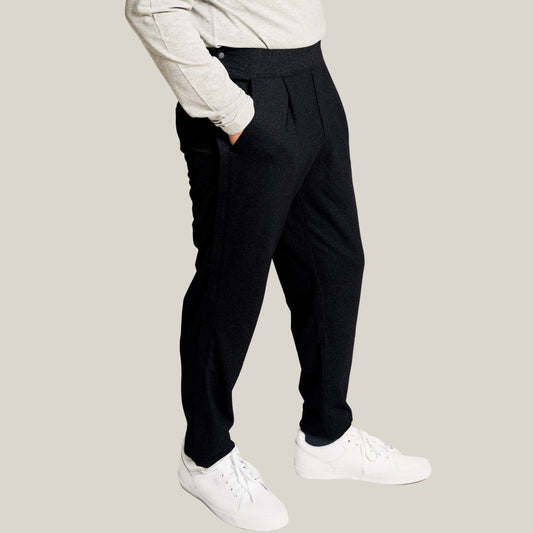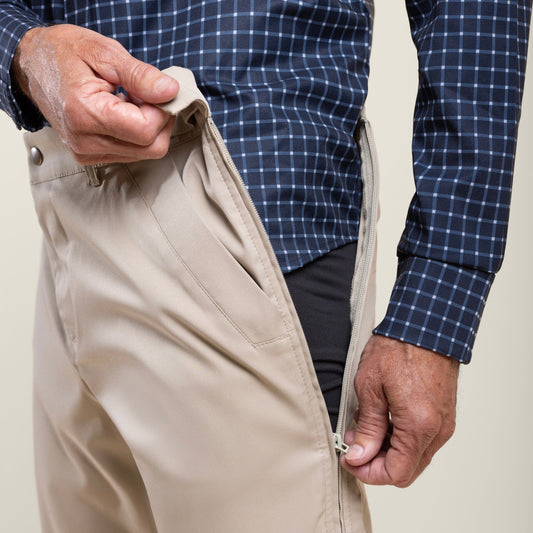Related Articles

How to Help Someone with a Disability: Practical Tips for Support

How to Choose Compression Socks: A Simple Guide to Selecting the Right Fit

Different Types Of Socks: A Complete Guide

What Are Gripper Socks & How To Use Them

What Is Kickstarter — and Why We’re Launching HoodEase There First

Meet HoodEase: The Magnetic Zipper Hoodie That Practically Zips Itself
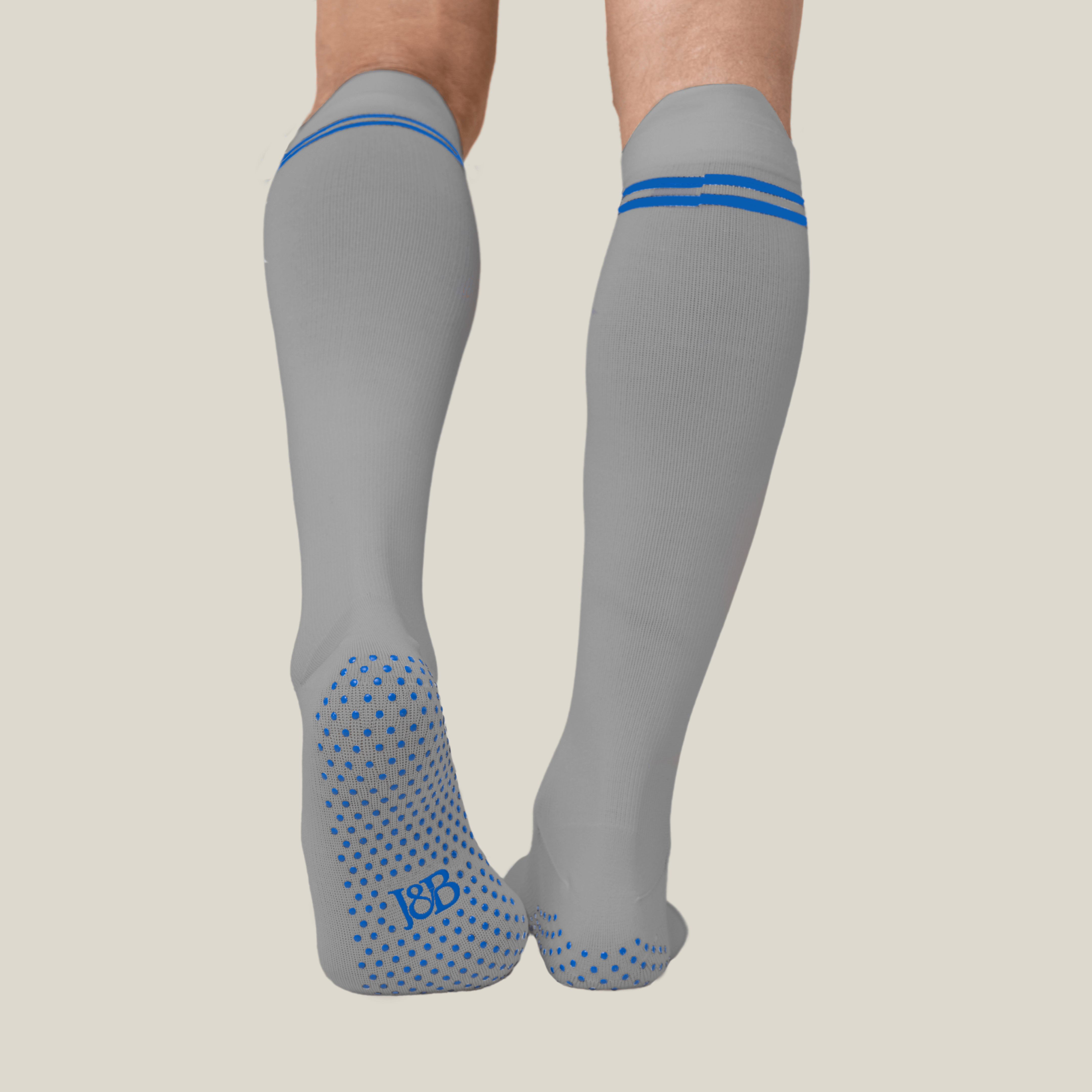
Compression Socks for Seniors: Support, Circulation, and Comfort

The Best Gripper Socks for Seniors: Comfort, Safety, and Style

The Ultimate Guide to Easy-On Socks for Seniors

Joe & Bella Named Finalist at CoCreate 2025 | Award-Winning Adaptive Clothing Brand Impresses Shark Tank Judges

Use Your HSA or FSA Before It Expires: Smart Shopping Guide
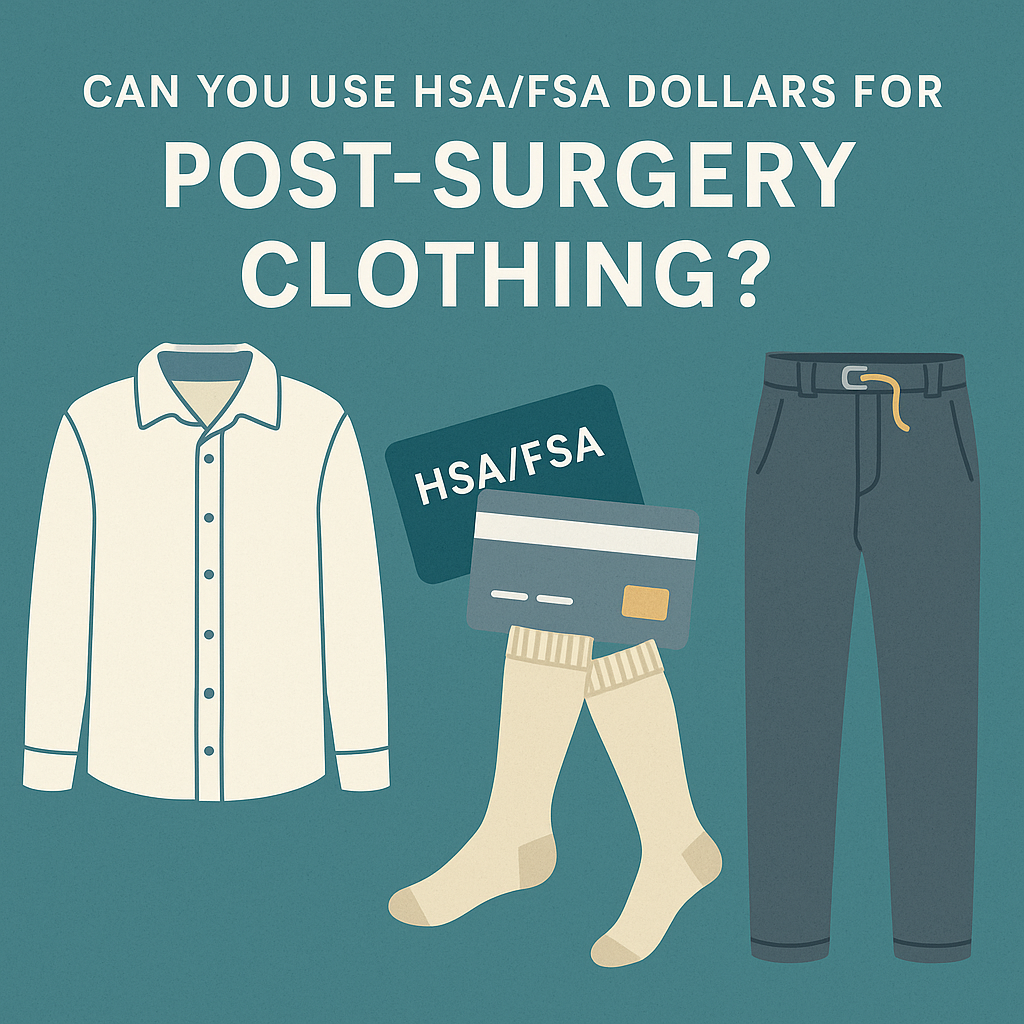
Can You Use HSA/FSA Dollars for Post-Surgery Clothing?

Are Compression Socks FSA Eligible? Here’s What You Need to Know

What Can You Buy with HSA and FSA Funds? A Complete Guide

15 Get Well Soon Gift Ideas: From Adaptive Clothes to Fun Hospital Games

10 Helpful and Heartwarming Gifts for Breast Cancer Patients

15 Gift Ideas For MS Patients: An Essential Gift-Giving Guide

Scoliosis Brace Under Clothes: How To Dress And Clothing Options

12 Useful and Stylish Gifts for Parkinson’s Patients

11 Activities for Seniors with Limited Mobility That Keep Them Happy and Active

Five Gift Ideas For Someone With ALS

How To Assist the Elderly With Mobility Issues: An Essential Caregiving Guide

The Great Gift Boomerang

Independent Senior Living: What It Is And How Adaptive Clothing Helps

Fashion for Men Over 50: A Guide to Modern Adaptive Style
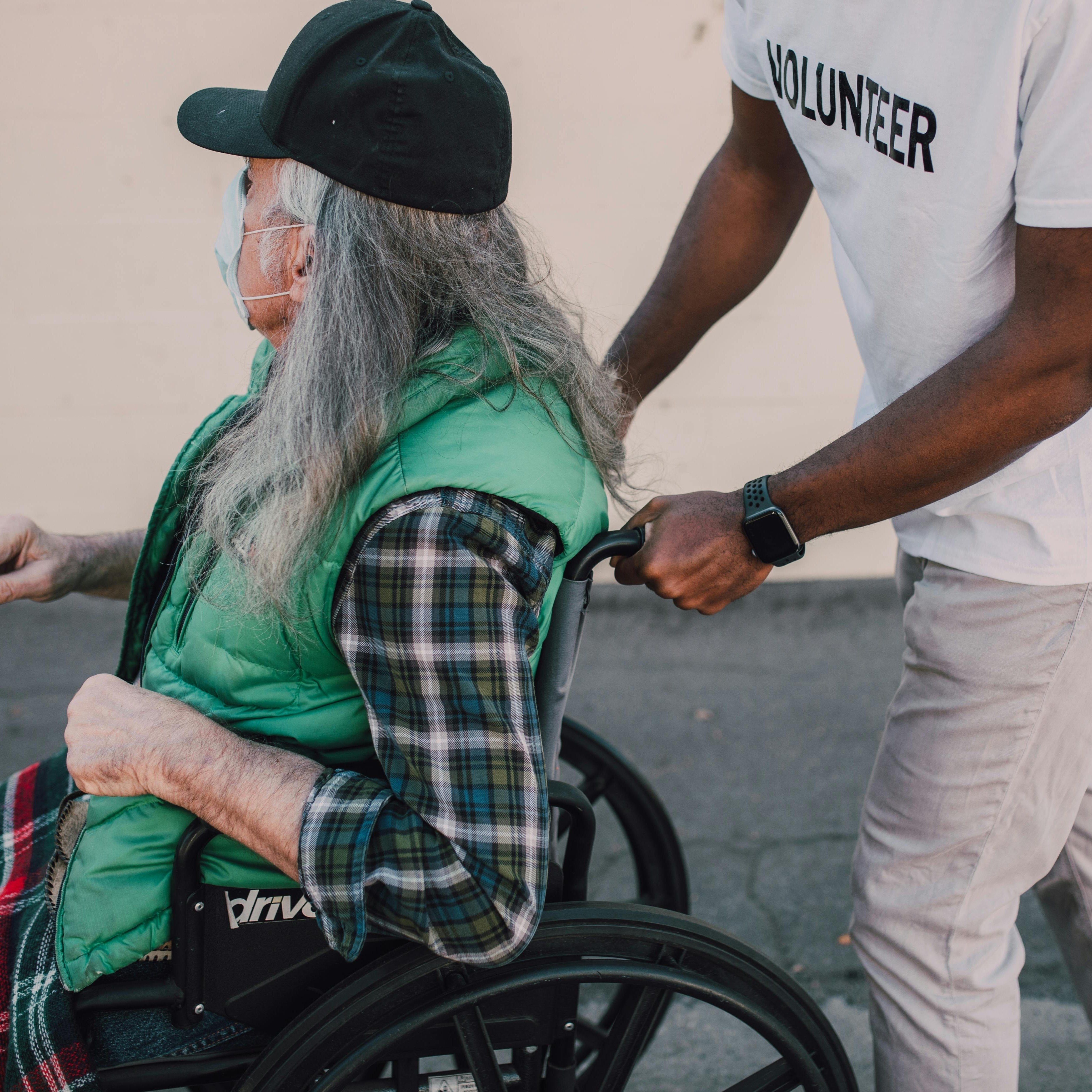
10 Gifts For Dads In Wheelchairs That He Will Love

Clothing Styles for Women Over 50: A Guide to Adaptive Fashion

Joe & Bella Partners With Charter Senior Living To Showcase Adaptive Fashion And Support Alzheimer's Awareness
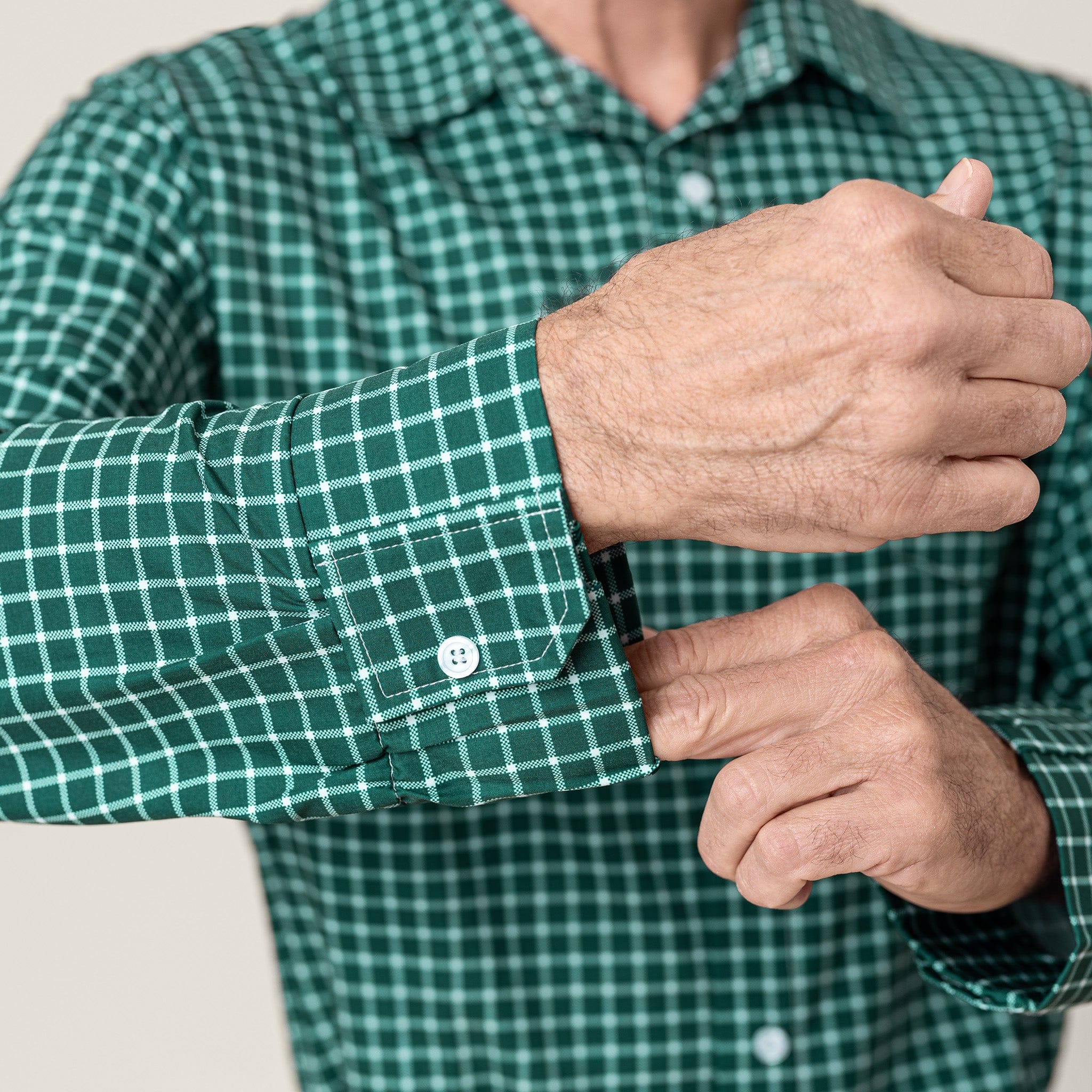
How To Wear A Button-Down Shirt: An Essential Clothing Guide

Joe & Bella + Charter Senior Living Fashion Show for Alzheimer's Association
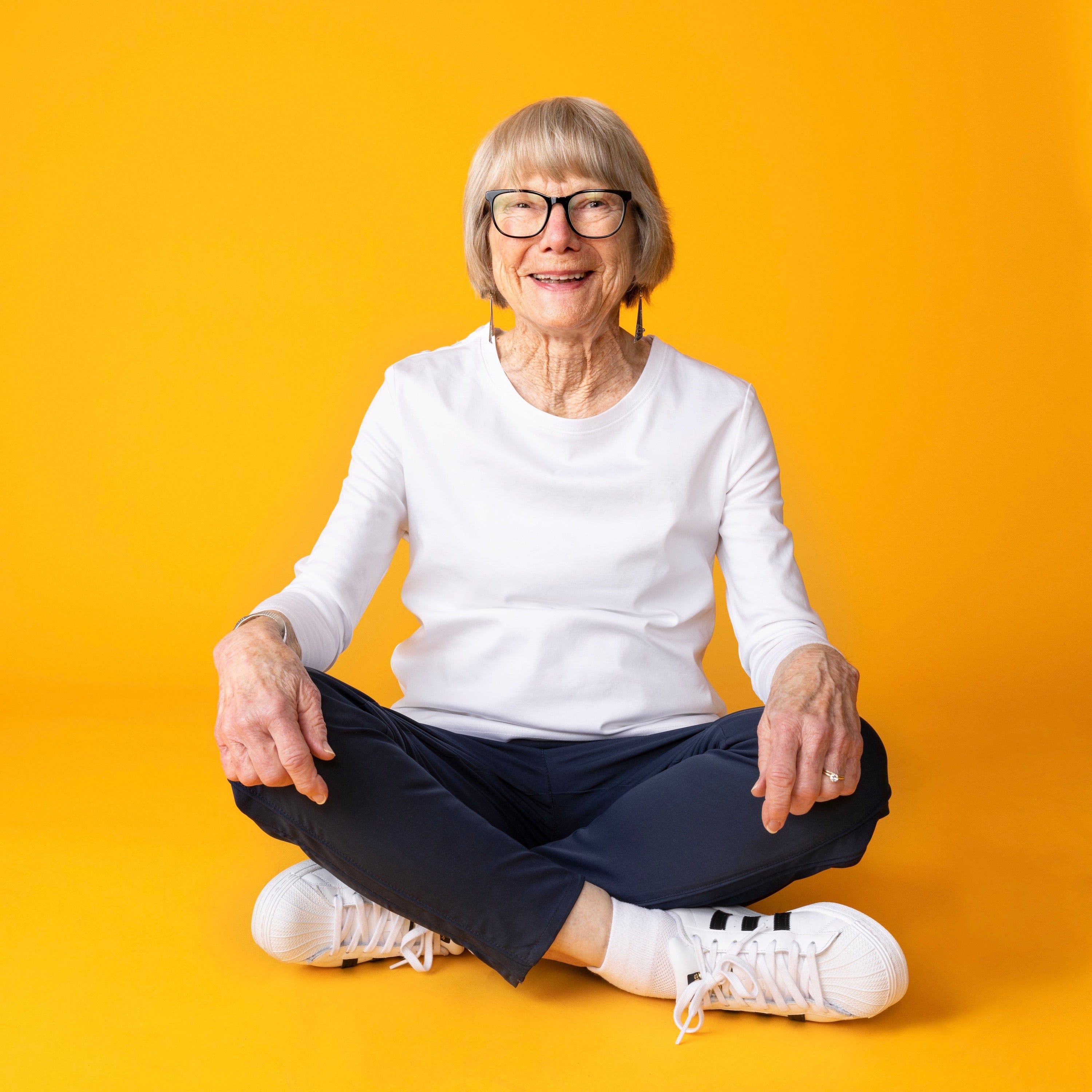
Breaking: Fashion Industry Discovers People Want Comfortable Clothes
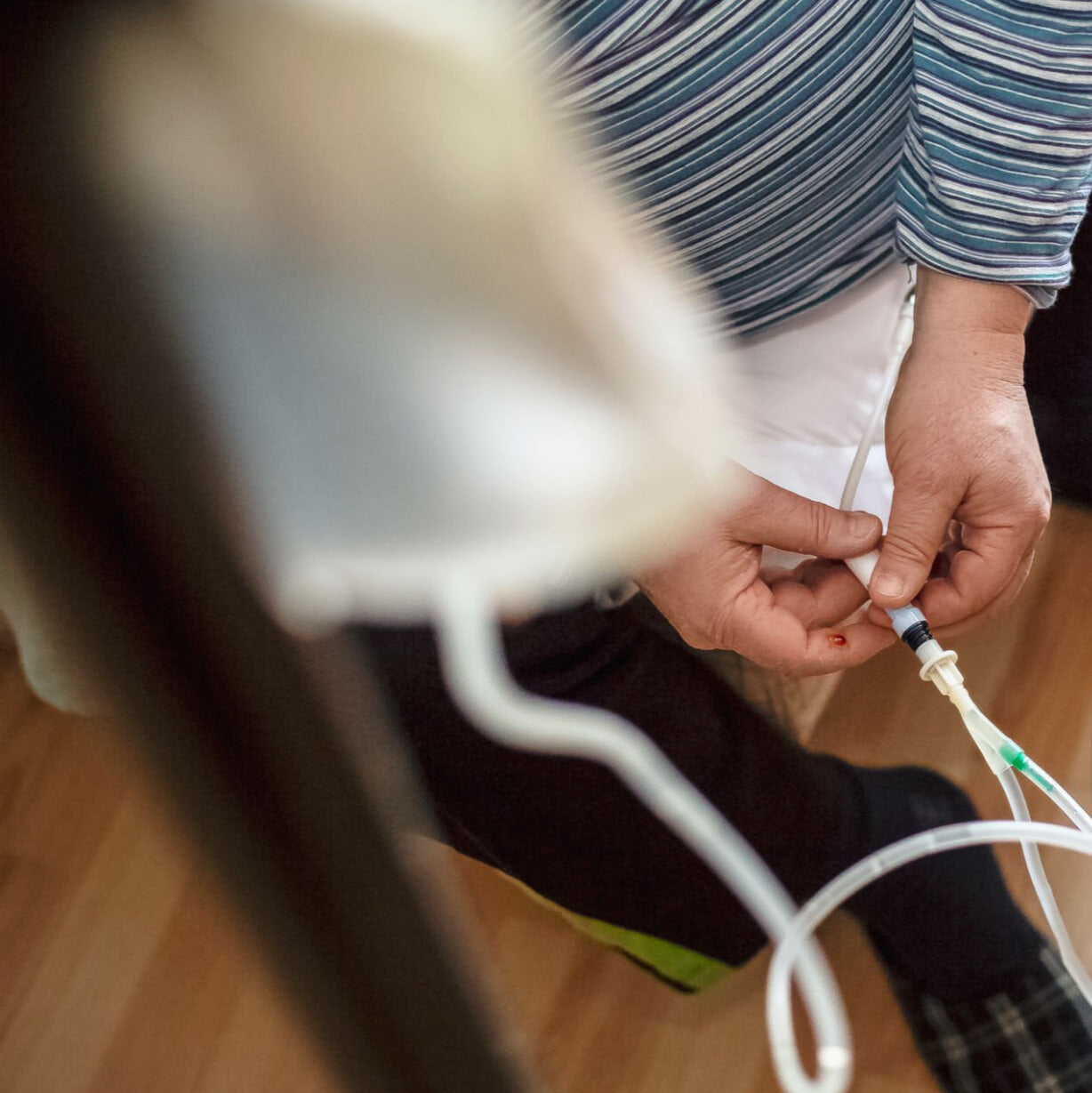
How To Wear A Catheter Comfortably: Dressing Tips and Tricks
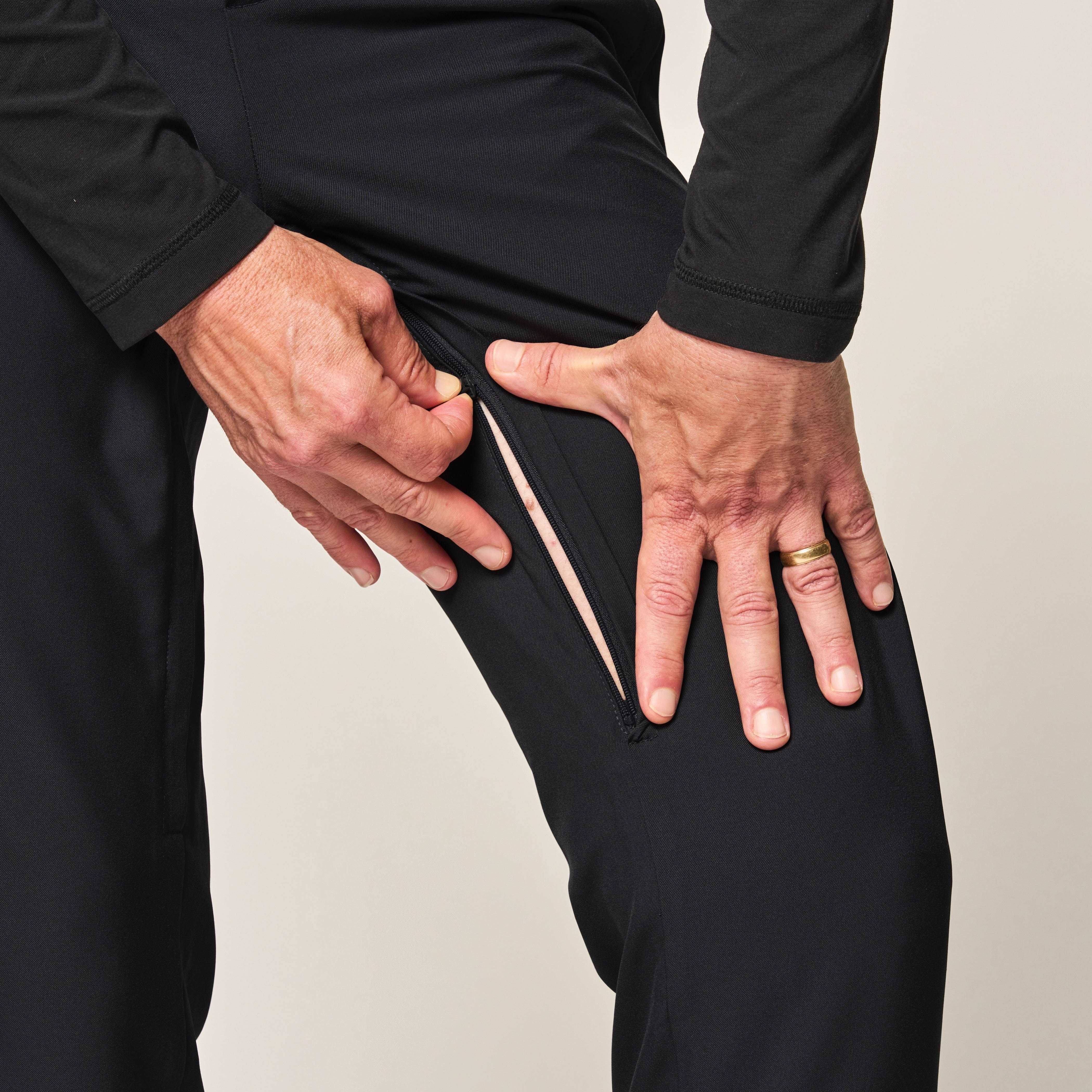
True Tales of Transformation: Our Customers' Journeys
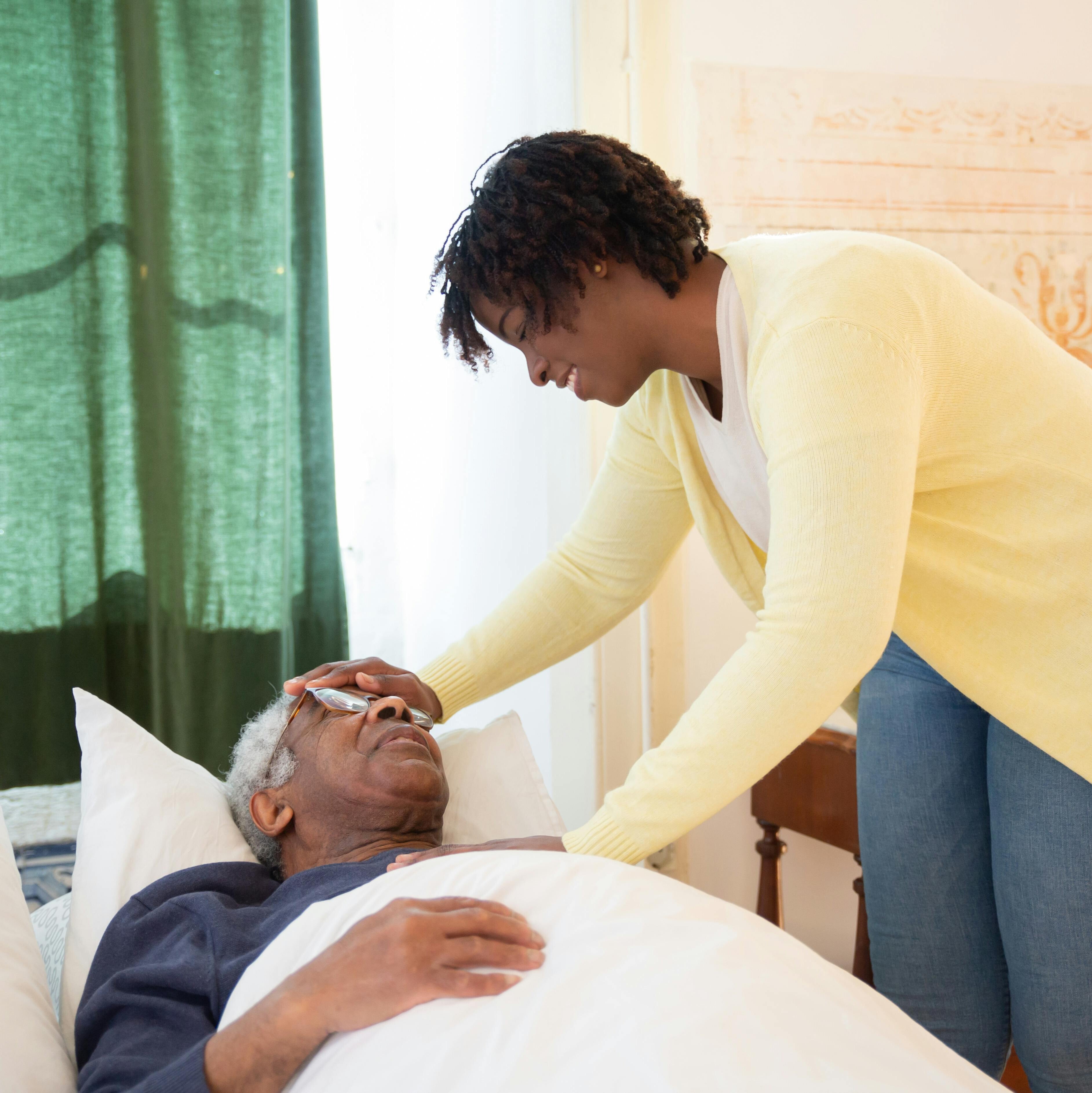
10 Must-Have Helpful Gifts for Bedridden Adults and Seniors
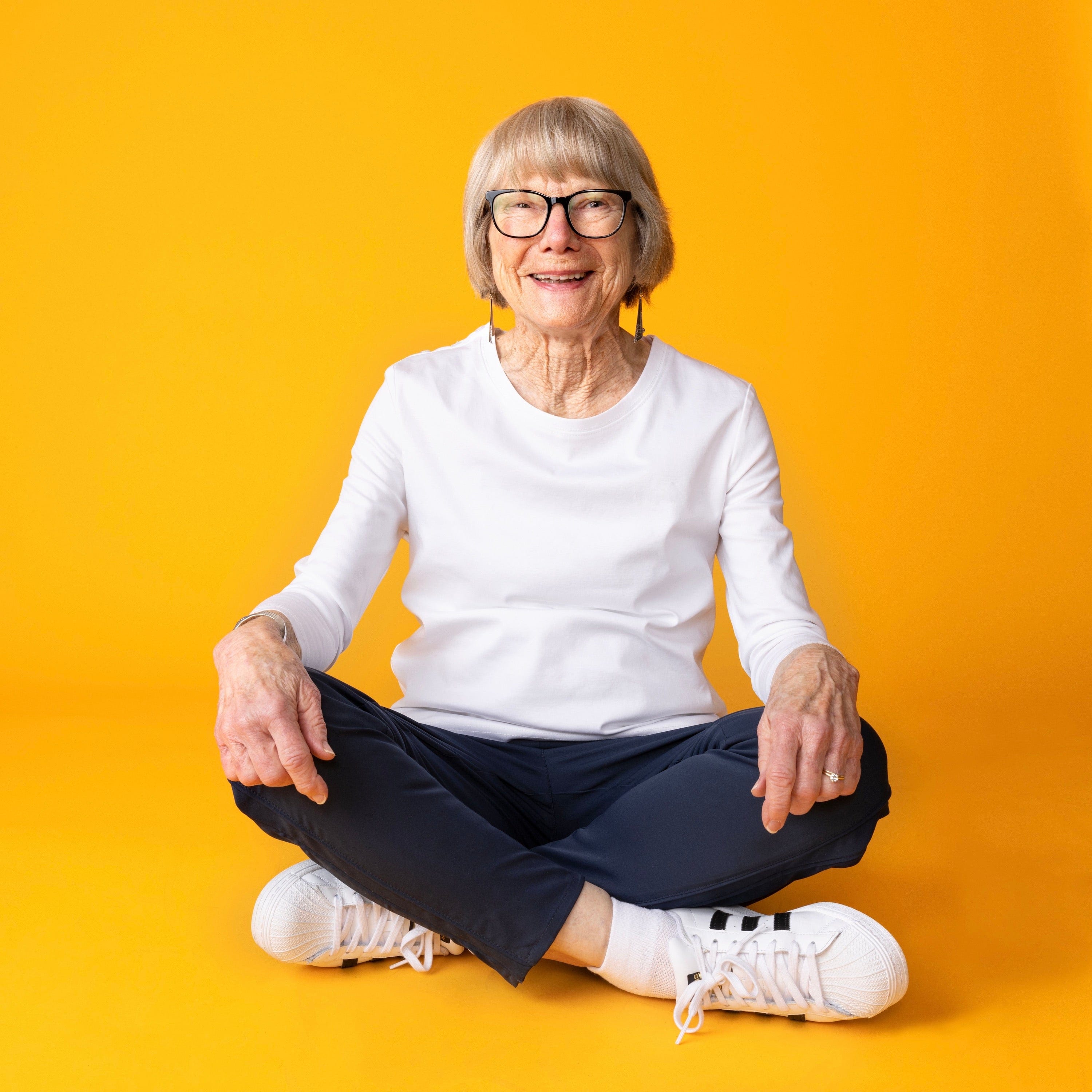
What Is Adaptive Clothing?
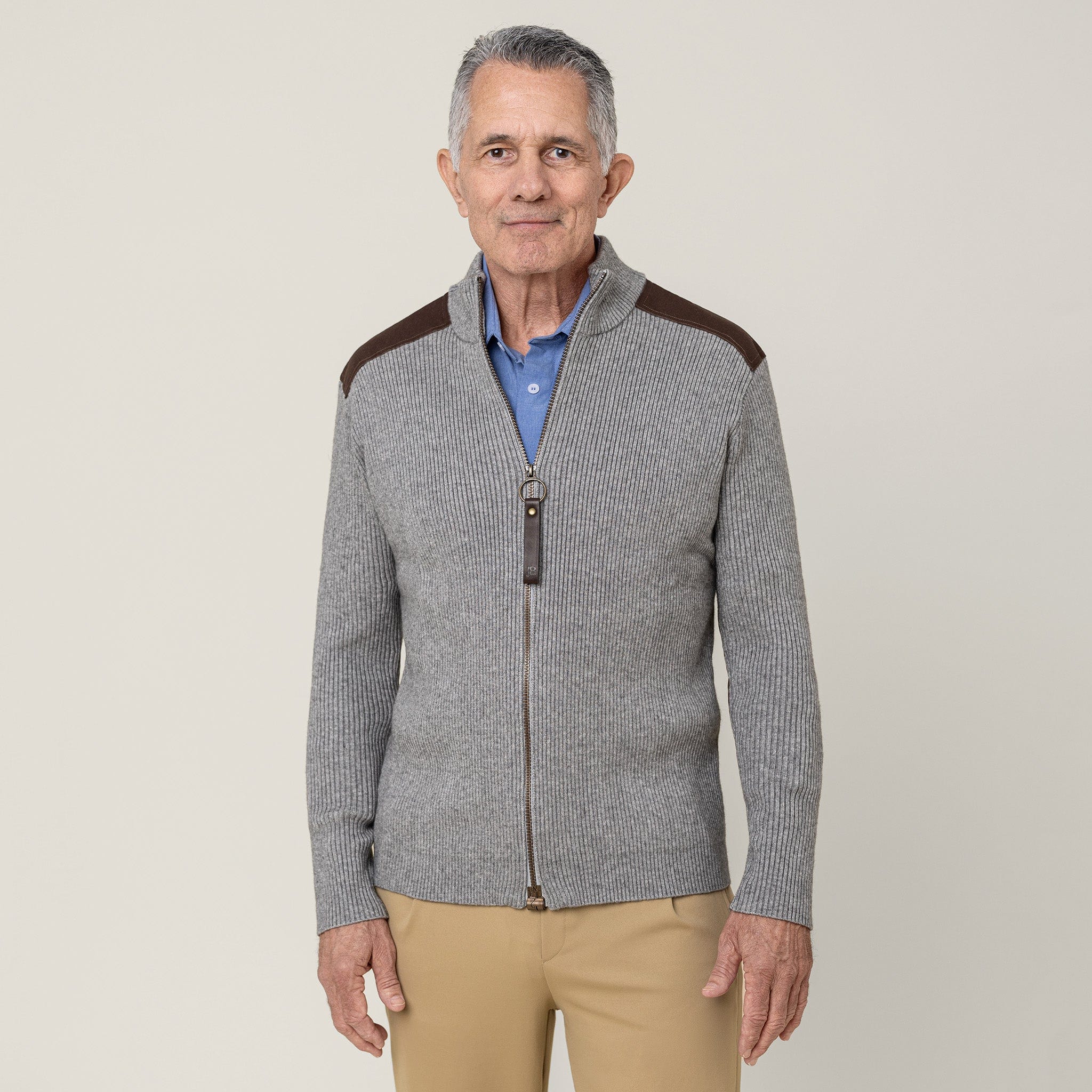
Behind the Seams: How Your Joe & Bella Favorites Come to Life
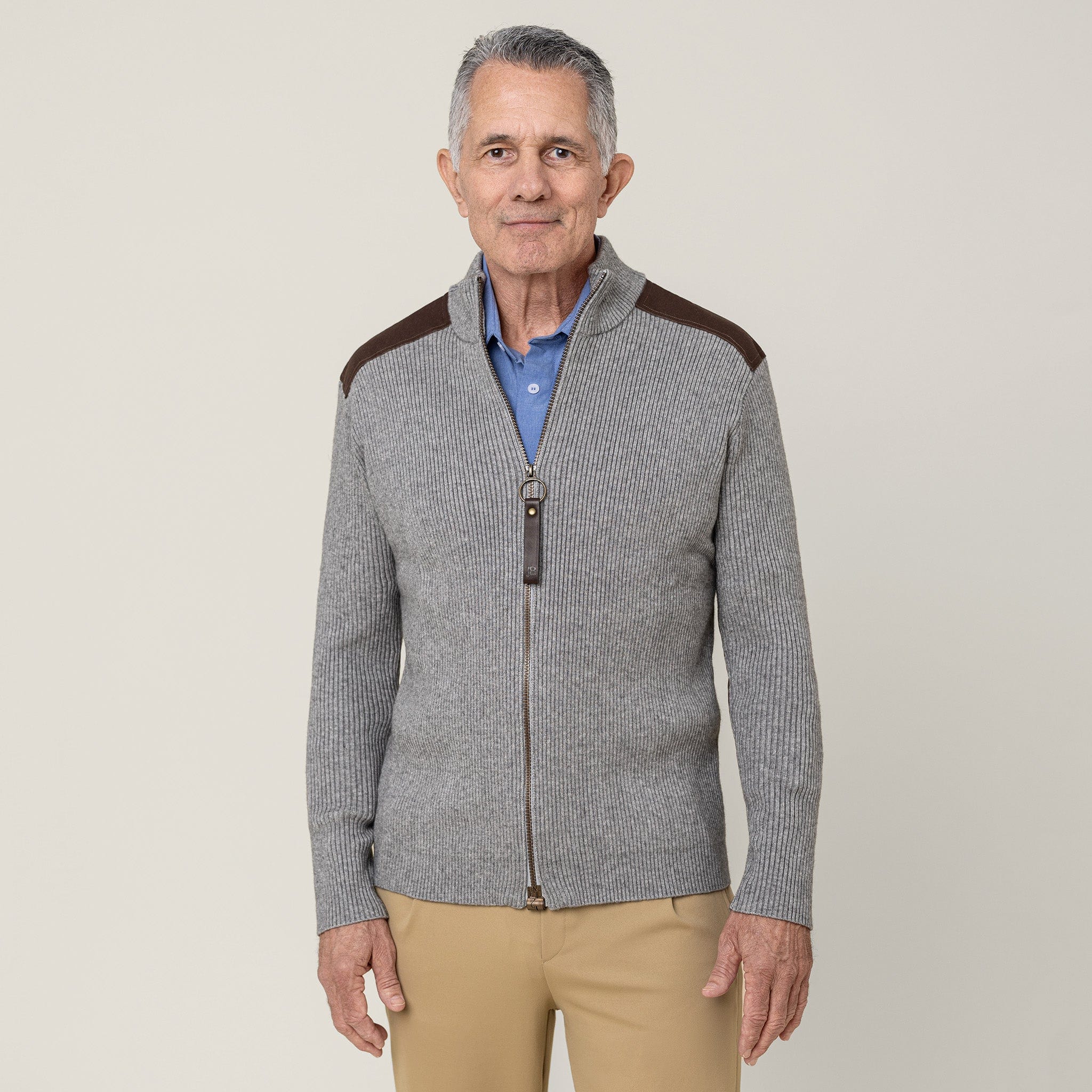
Behind the Seams: How Your Joe & Bella Favorites Come to Life
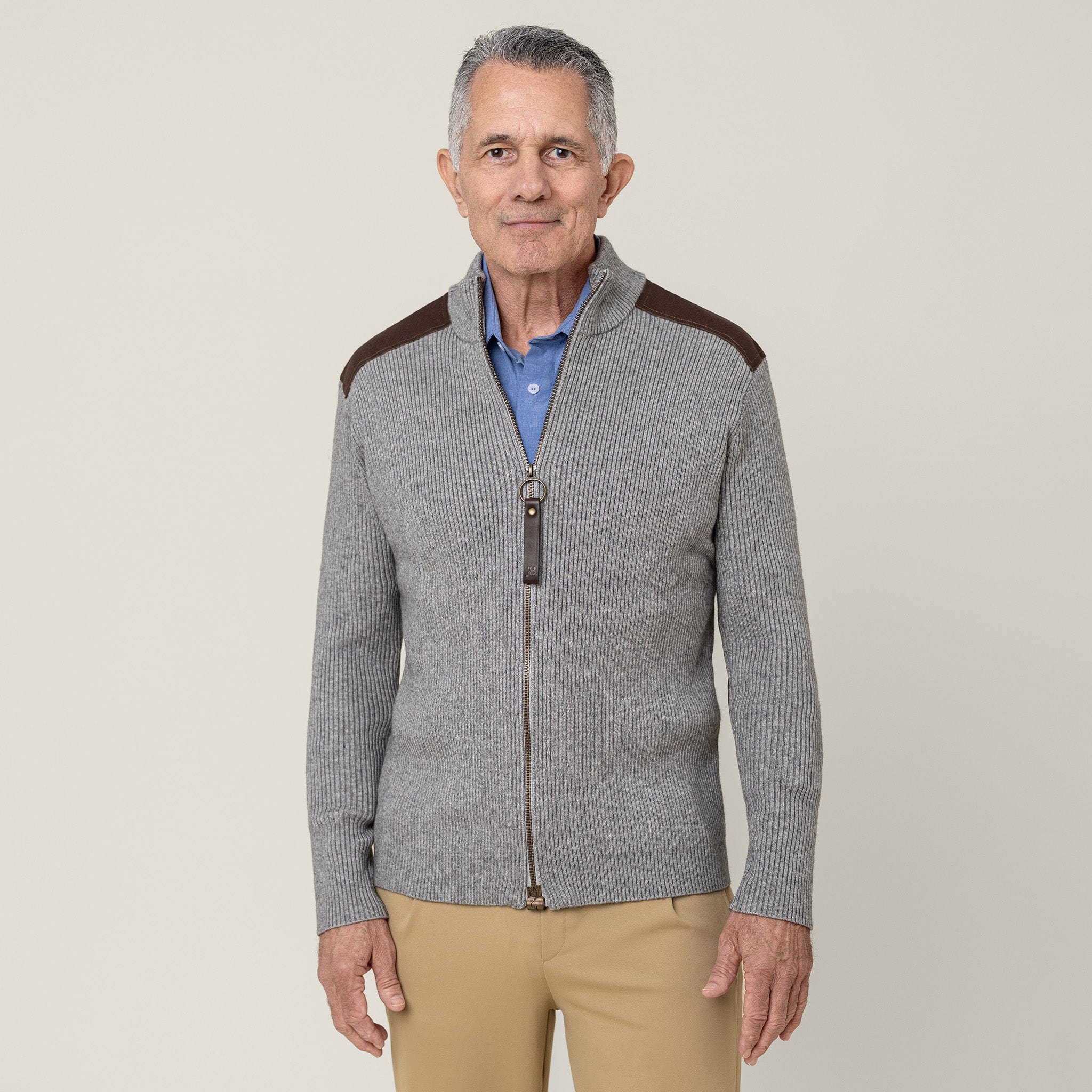
Behind the Seams: How Your Joe & Bella Favorites Come to Life
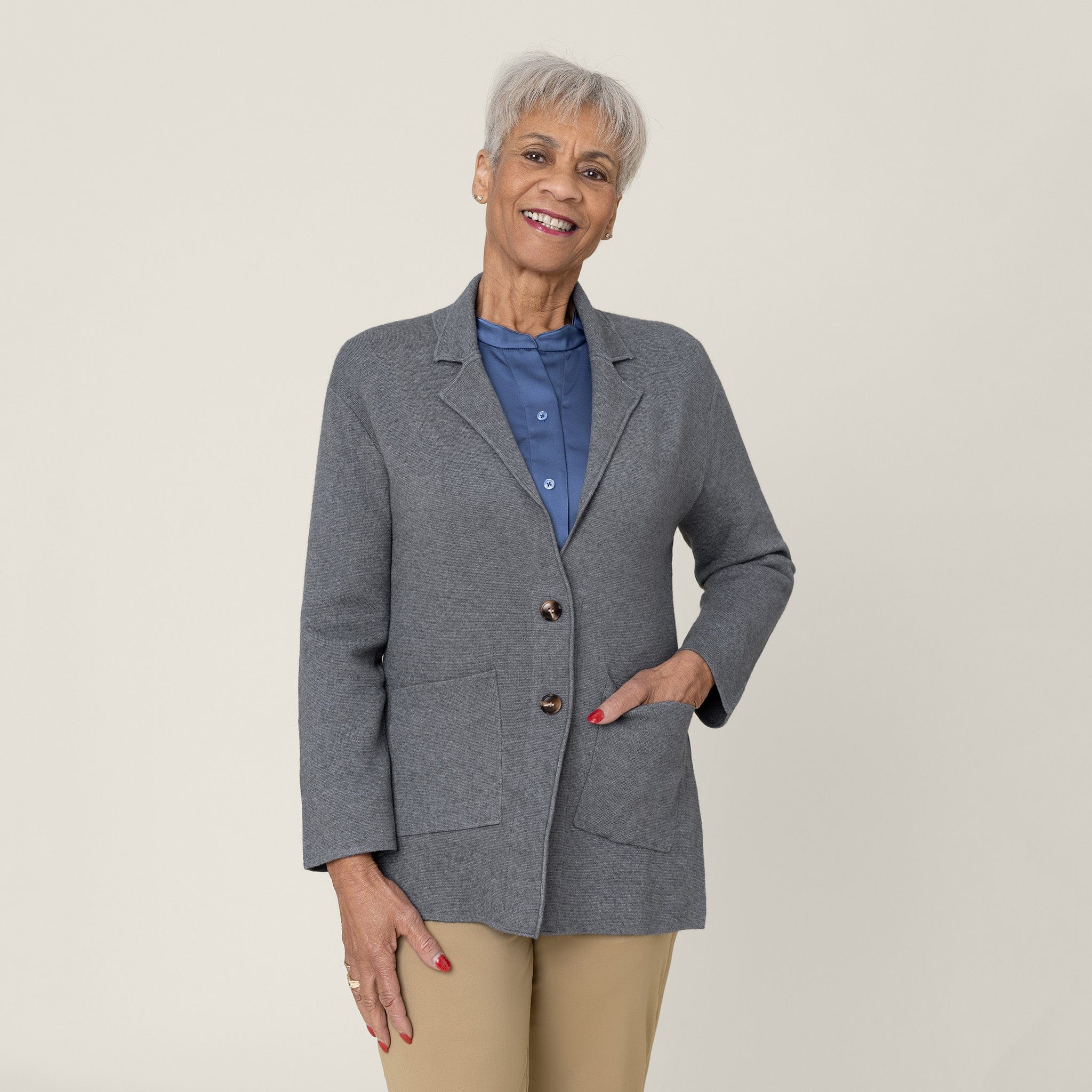
FINAL DAY: 20% Off The Signature Collection
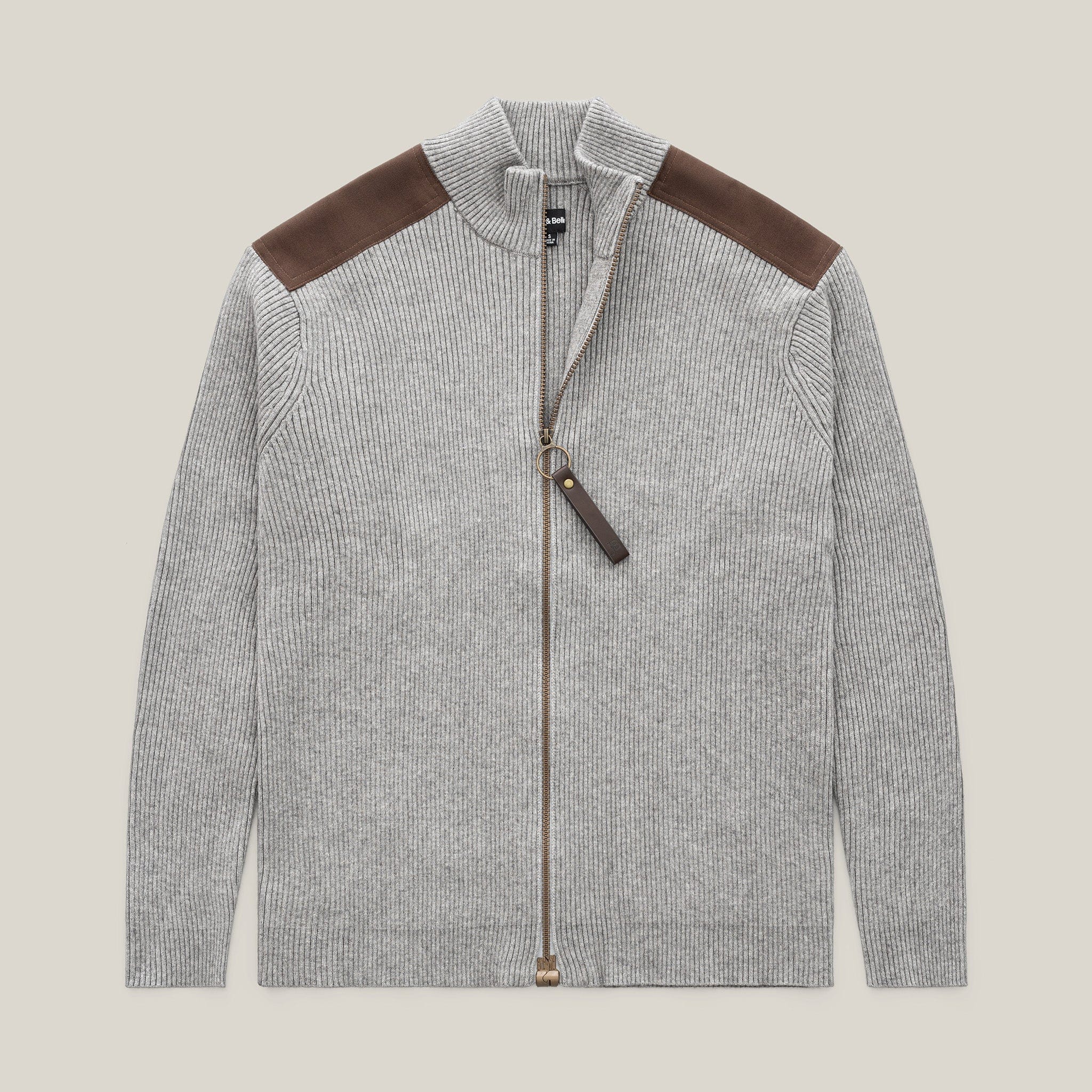
Introducing The Signature Collection | Limited 20% Savings
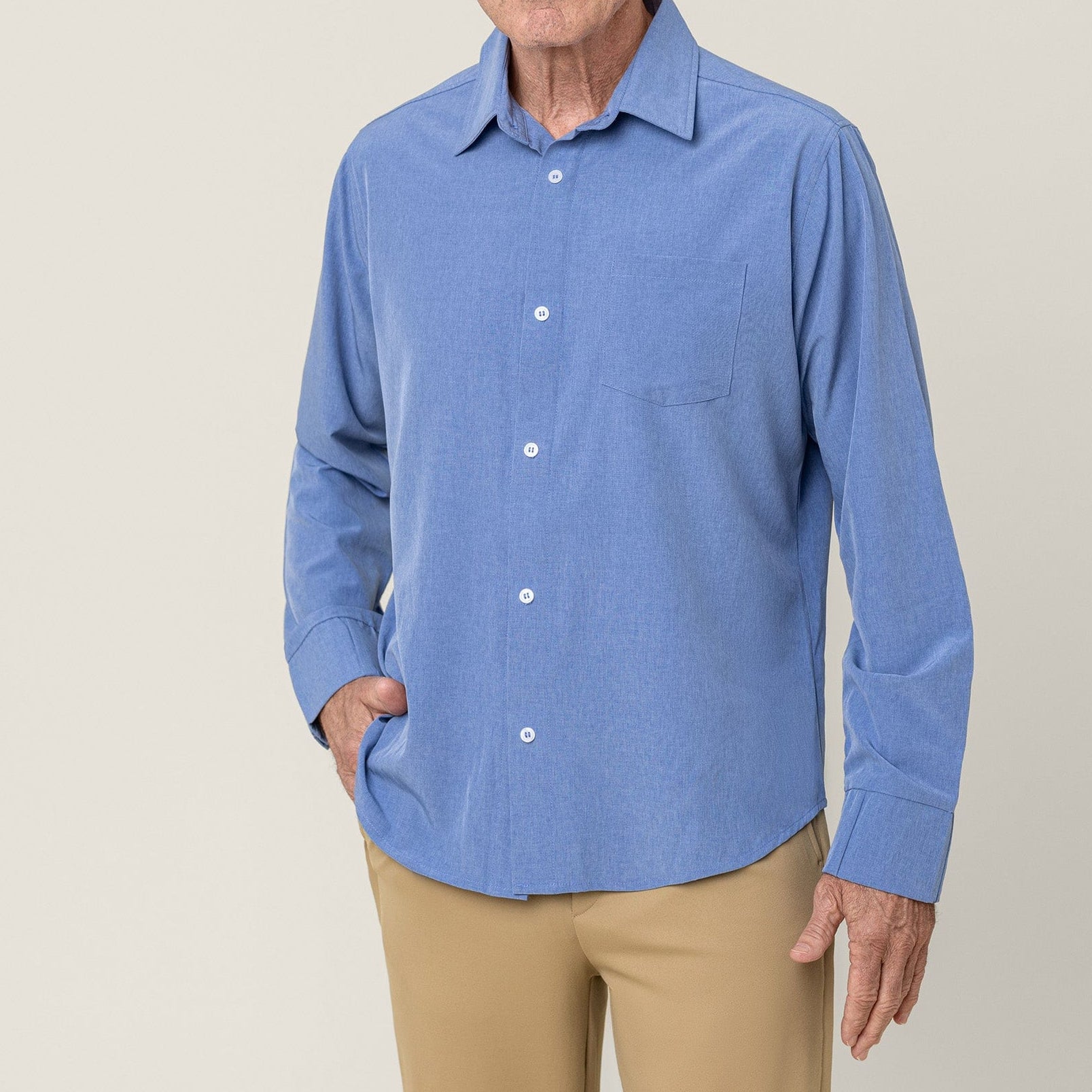
Finding Dignity in Dressing: Your Stories
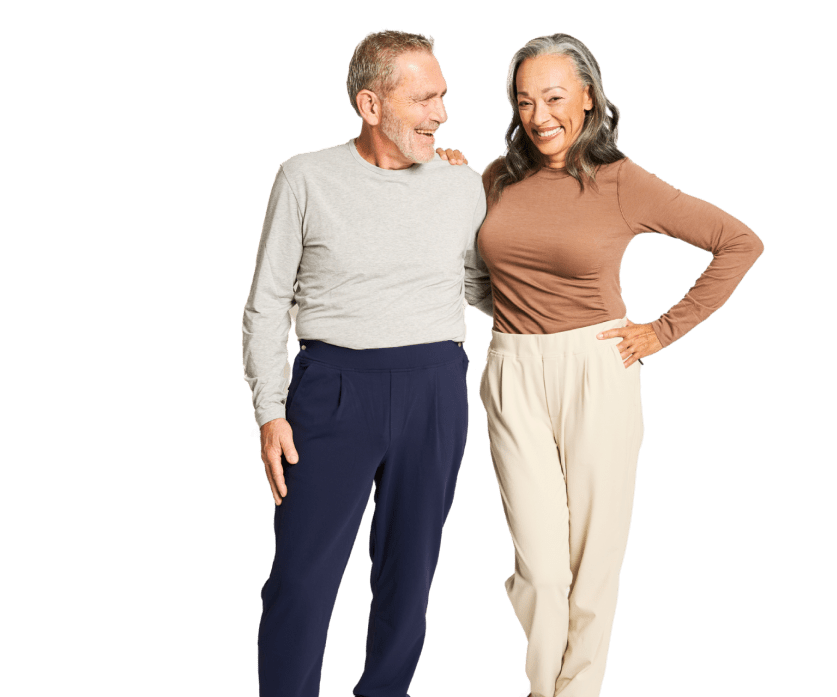
Tuesday Tips, Trends & Tales: Caregiver Q&A With Nurse Taylor
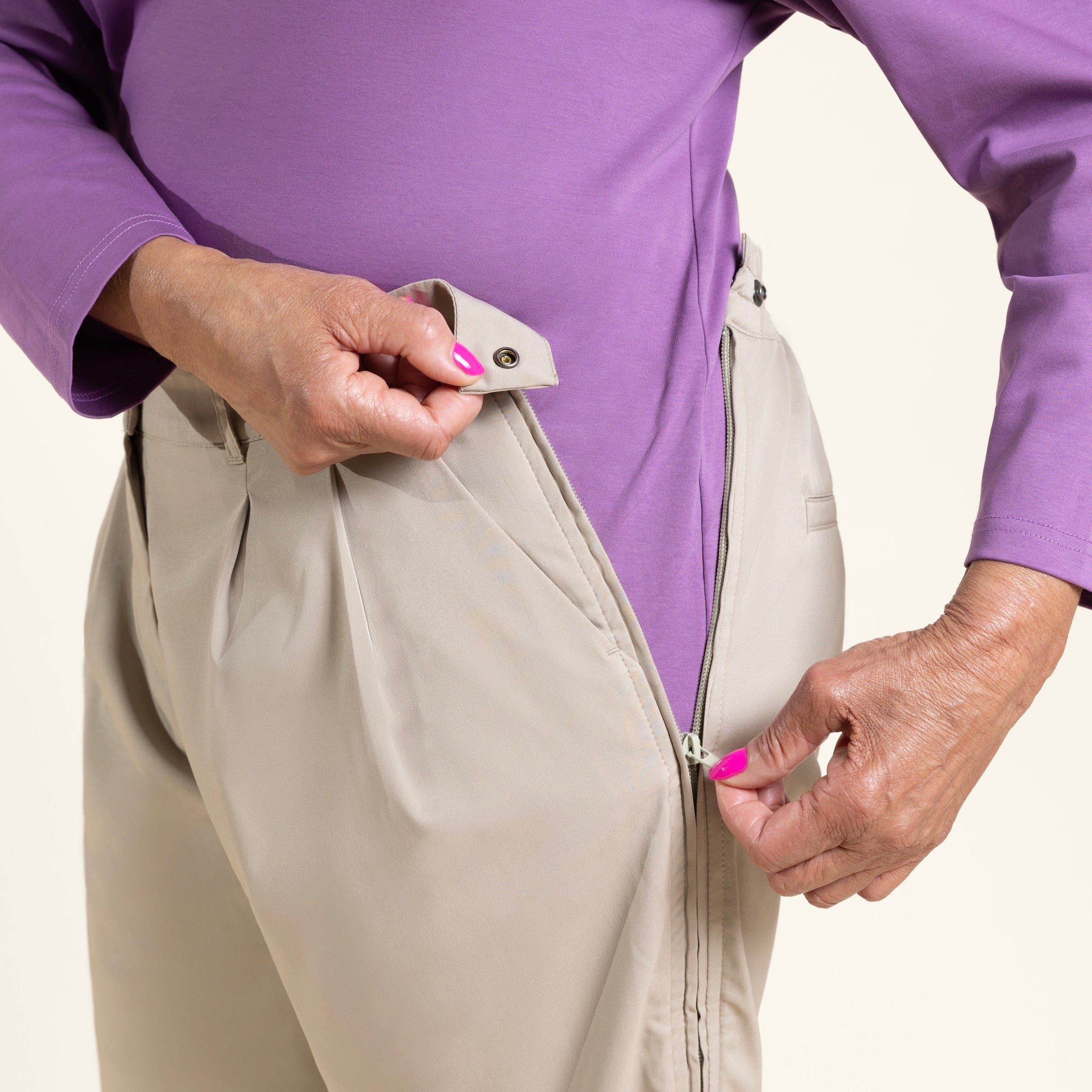
"The Magnets Made Him Giggle Again" - Real Stories from Joe & Bella Customers
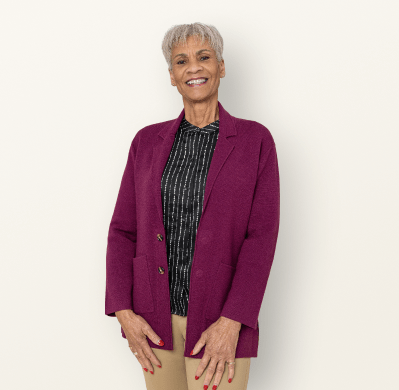
Understanding Age-Related Dressing Challenges: The Physical and Cognitive Changes That Affect Dressing
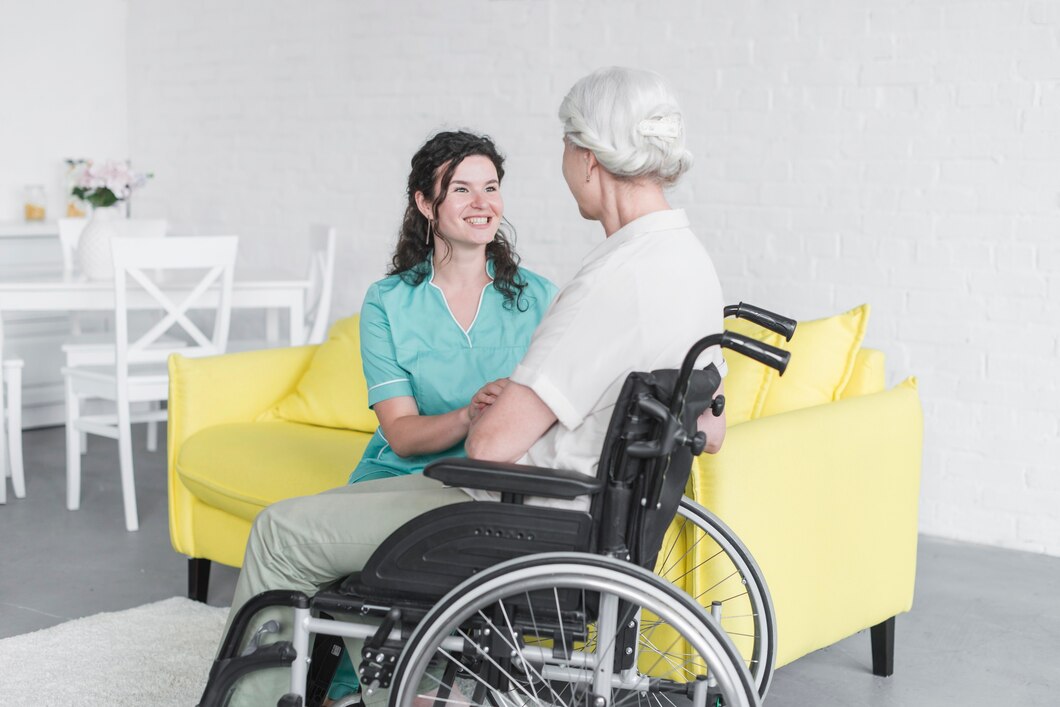
Providing Home Care for People with Disabilities: A Comprehensive Guide

10 Fun Things To Do With Grandparents

10 Helpful Things That Help Seniors At Home

Why Compression Socks For Flying Are A Must-Have
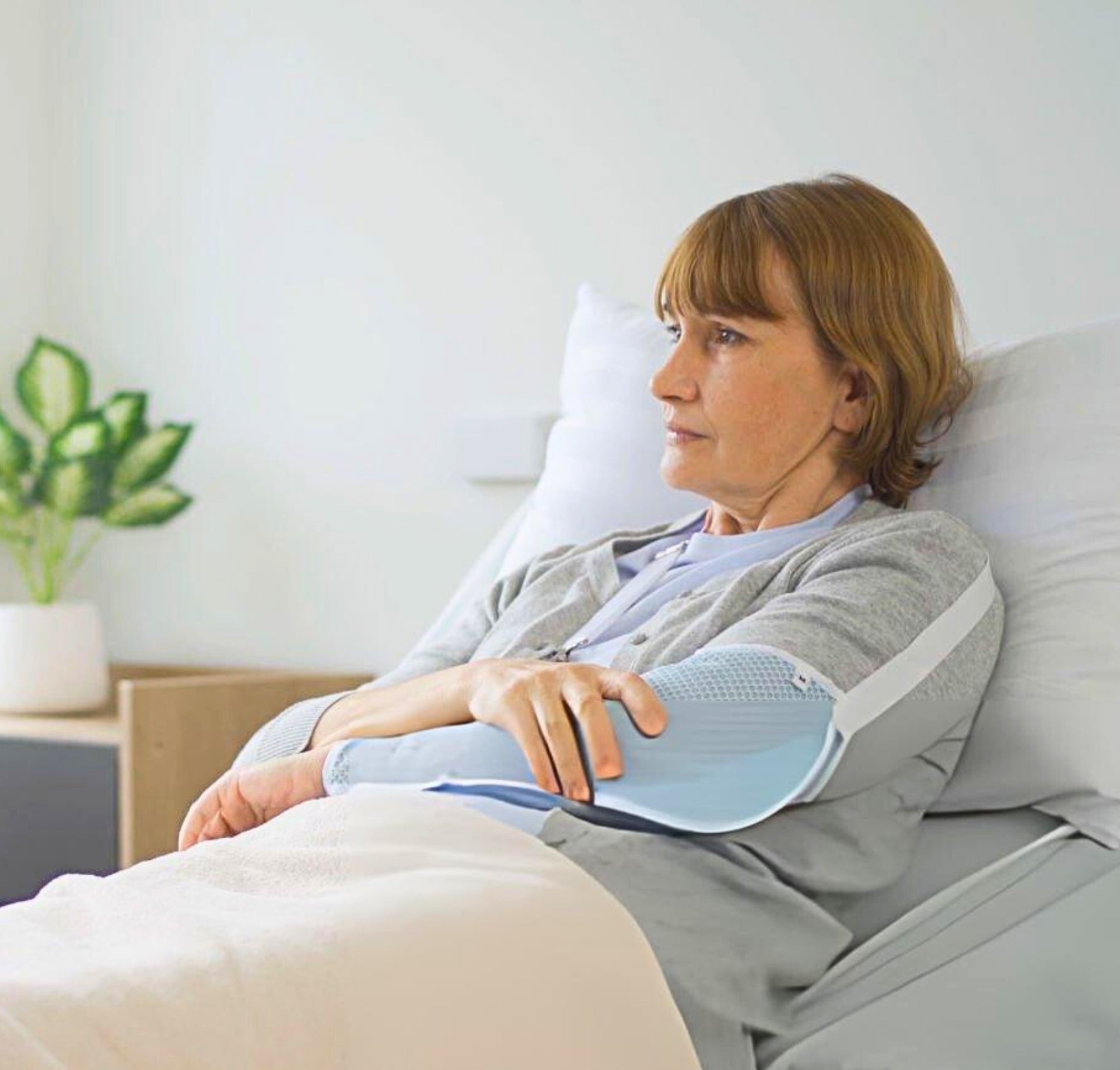
How To Make Life Easier With A Broken Arm: 9 Important Products
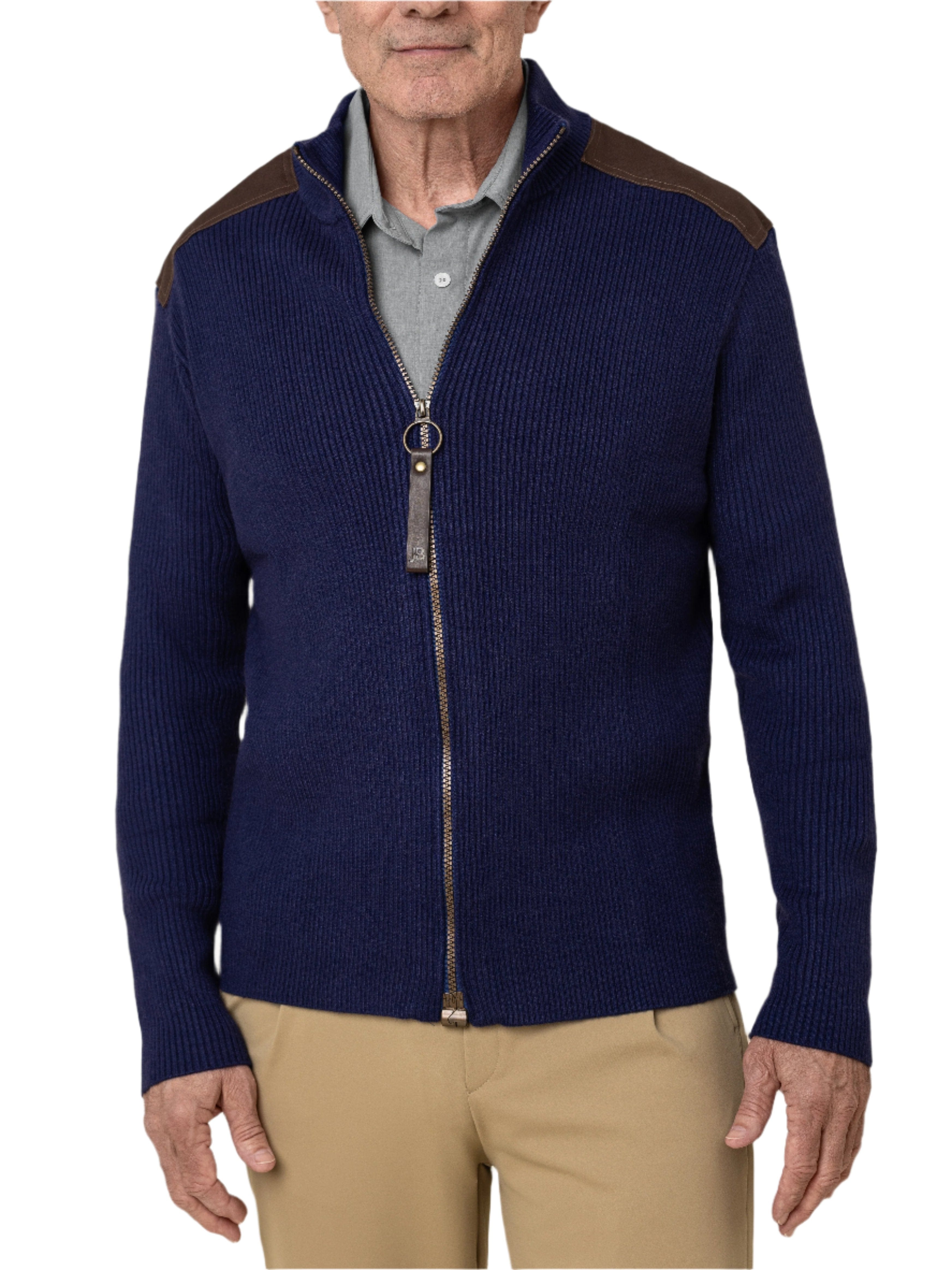
Tuesday Trends: Where Fashion & Memory Care Surprisingly Intersect
Share
By Taylor, RN & Joe & Bella Chief of Customer Happiness
Getting dressed is something most of us take for granted – that is, until it becomes difficult. For many older adults, the simple act of dressing can become increasingly challenging due to various age-related changes. Understanding these challenges helps us create better solutions and communicate more effectively with our customers.
Reduced Dexterity and Fine Motor Skills
As we age, many people experience decreased hand dexterity and finger strength. This makes manipulating small buttons, hooks, and zippers particularly frustrating. Even pulling up pants or reaching behind to adjust clothing can become difficult tasks.
Limited Range of Motion
Arthritis, joint stiffness, and reduced flexibility affect approximately half of adults over 65. These conditions can make it challenging to:
- Raise arms overhead to put on shirts
- Bend to pull on pants or socks
- Twist to fasten back closures
- Maintain balance while standing to dress
Decreased Strength
Muscle mass naturally declines with age (sarcopenia), making it harder to perform the pulling, tugging, and adjusting movements required for dressing. This is especially true for heavier garments like jeans or winter coats.
Sensory Changes
Vision changes can make it difficult to distinguish colors or see small details like buttons. Touch sensitivity may decrease, making it harder to feel if clothing is on correctly or detect wrinkles that might cause discomfort.
Cognitive Changes
For those experiencing cognitive decline, remembering the proper sequence of dressing (e.g., underwear before pants) can become confusing. This leads to frustration and sometimes abandonment of the task altogether.
Too many clothing options or complicated garments can overwhelm someone with cognitive changes, making the dressing process stressful rather than routine.
Some individuals may have difficulty recognizing which garments are appropriate for weather conditions or occasions, or even identifying which clothes belong to them.
Why This Matters for Joe & Bella
Understanding these challenges informs every aspect of our product design:
- Hidden magnetic closures replace difficult buttons
- Strategic openings reduce the need for full range of motion
- Premium, lightweight stretch fabrics decrease the strength needed
- Color choice and tactile differences aid those with sensory changes
- Simplified designs reduce cognitive load
Most importantly, this knowledge helps us maintain dignity in our approach. Our customers aren't "struggling" – they're experiencing natural changes that our thoughtful designs accommodate.
By focusing on solutions rather than limitations, we help our customers continue to express themselves through fashion while supporting their independence and confidence.
Next Tuesday's TTT will build on this foundation to explore how our specific product features address these challenges!
Be Happy, Dress Easy
Taylor, RN & Chief of Customer Happiness
Related Articles

How to Help Someone with a Disability: Practical Tips for Support

How to Choose Compression Socks: A Simple Guide to Selecting the Right Fit

Different Types Of Socks: A Complete Guide

What Are Gripper Socks & How To Use Them

What Is Kickstarter — and Why We’re Launching HoodEase There First

Meet HoodEase: The Magnetic Zipper Hoodie That Practically Zips Itself

Compression Socks for Seniors: Support, Circulation, and Comfort

The Best Gripper Socks for Seniors: Comfort, Safety, and Style

The Ultimate Guide to Easy-On Socks for Seniors

Joe & Bella Named Finalist at CoCreate 2025 | Award-Winning Adaptive Clothing Brand Impresses Shark Tank Judges

Use Your HSA or FSA Before It Expires: Smart Shopping Guide

Can You Use HSA/FSA Dollars for Post-Surgery Clothing?

Are Compression Socks FSA Eligible? Here’s What You Need to Know

What Can You Buy with HSA and FSA Funds? A Complete Guide

15 Get Well Soon Gift Ideas: From Adaptive Clothes to Fun Hospital Games

10 Helpful and Heartwarming Gifts for Breast Cancer Patients

15 Gift Ideas For MS Patients: An Essential Gift-Giving Guide

Scoliosis Brace Under Clothes: How To Dress And Clothing Options

12 Useful and Stylish Gifts for Parkinson’s Patients

11 Activities for Seniors with Limited Mobility That Keep Them Happy and Active

Five Gift Ideas For Someone With ALS

How To Assist the Elderly With Mobility Issues: An Essential Caregiving Guide

The Great Gift Boomerang

Independent Senior Living: What It Is And How Adaptive Clothing Helps

Fashion for Men Over 50: A Guide to Modern Adaptive Style

10 Gifts For Dads In Wheelchairs That He Will Love

Clothing Styles for Women Over 50: A Guide to Adaptive Fashion

Joe & Bella Partners With Charter Senior Living To Showcase Adaptive Fashion And Support Alzheimer's Awareness

How To Wear A Button-Down Shirt: An Essential Clothing Guide

Joe & Bella + Charter Senior Living Fashion Show for Alzheimer's Association

Breaking: Fashion Industry Discovers People Want Comfortable Clothes

How To Wear A Catheter Comfortably: Dressing Tips and Tricks

True Tales of Transformation: Our Customers' Journeys

10 Must-Have Helpful Gifts for Bedridden Adults and Seniors

What Is Adaptive Clothing?

Behind the Seams: How Your Joe & Bella Favorites Come to Life

Behind the Seams: How Your Joe & Bella Favorites Come to Life

Behind the Seams: How Your Joe & Bella Favorites Come to Life

FINAL DAY: 20% Off The Signature Collection

Introducing The Signature Collection | Limited 20% Savings

Finding Dignity in Dressing: Your Stories

Tuesday Tips, Trends & Tales: Caregiver Q&A With Nurse Taylor

"The Magnets Made Him Giggle Again" - Real Stories from Joe & Bella Customers

Understanding Age-Related Dressing Challenges: The Physical and Cognitive Changes That Affect Dressing

Providing Home Care for People with Disabilities: A Comprehensive Guide

10 Fun Things To Do With Grandparents

10 Helpful Things That Help Seniors At Home

Why Compression Socks For Flying Are A Must-Have

How To Make Life Easier With A Broken Arm: 9 Important Products

Tuesday Trends: Where Fashion & Memory Care Surprisingly Intersect



